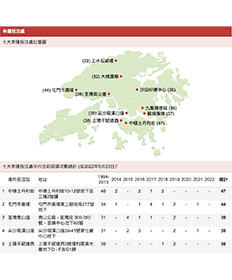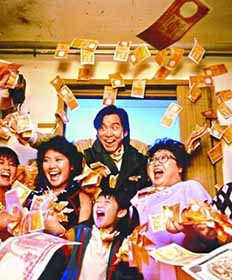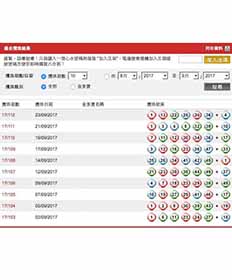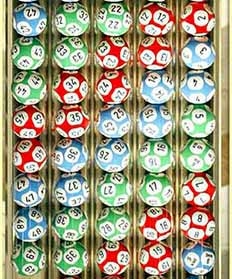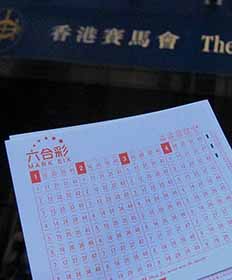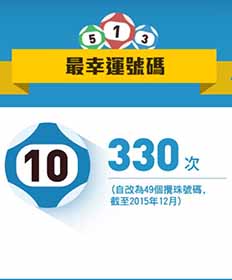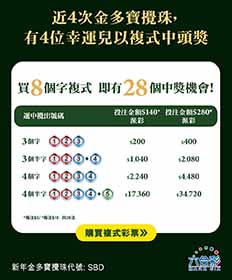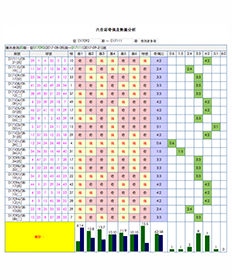搜尋結果
2017年12月21日 · The shrine was known as Hakone Gongen (箱根権現, where gongen means "incarnation" or "avatar") prior to the separation of Buddhism and Shintoism that came with the Meiji Restoration in 1868. It can be found ensconced in a forest, approached by an avenue of 800-year-old cedars. A long set of steps leads from the main hall (本殿・ honden ...
2016年9月15日 · Historical Checkpoint. The town was not just meant for passing daimyo and their retainers to warm their bones and stop by for a pleasant meal, though: Hakone was also a security checkpoint. To be certain that armed rebellion would not foment in the capital, and that the daimyo would remain loyal (as their families were, in effect, being ...
大阪城位於大阪城公園的中心處,占地面積十分廣闊。 大阪城周圍散布著地鐵“天滿橋站”,“森之宮站”,“谷町四丁目站”和“大阪商業公園站”,然後是JR的“森之宮站”,“大阪城公園站”,“大阪城北站”以及京阪線的“天滿橋站”等8個車站,但無論從哪個車站出發,步行到天守閣都要 ...
2023年10月2日 · While little is known of Japan’s earliest inhabitants, thanks to the introduction of Chinese writing in the fifth century, we do have extant written histories starting from the eighth century. Just for history buffs, here are 12 amazing events from Japan’s last 1,500 years! 1. Koreans Built Japan's First Temples (593)
2017年12月21日 · pixta.jp. The Hakone Sekisho (箱根関所), or Hakone Checkpoint, was the first major checkpoint on the Tokaido (東海道) highway connecting Edo (now Tokyo) with Kyoto. Constructed in 1619 and used until 1869, it was one of 53 such checkpoints used by the Tokugawa government to control travel between cities during the Edo Period (1603-1868).
2017年1月26日 · www.freeimageslive.co.uk. Omikuji are fortune-telling strips of paper you can purchase at Japanese shrines and temples. They offer both a general blessing and an outline of your fortune for more specific aspects of your life. While the specific fortunes are a little complex, here we offer an explanation of the main kinds of general blessing you ...
2017年1月26日 · 10 Japanese Business Etiquette Rules. There's quite a long list of dos and don'ts when it comes to business etiquette in Japan, so to simplify it we have compiled 10 common business manners you're likely to encounter. 1. Wait Before Sitting Down. When visiting someone else’s office, wait until the host says “Please, have a seat,” before ...


